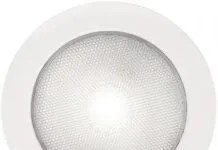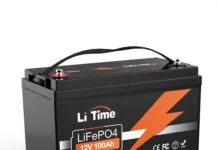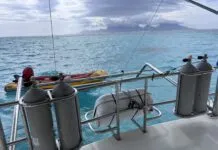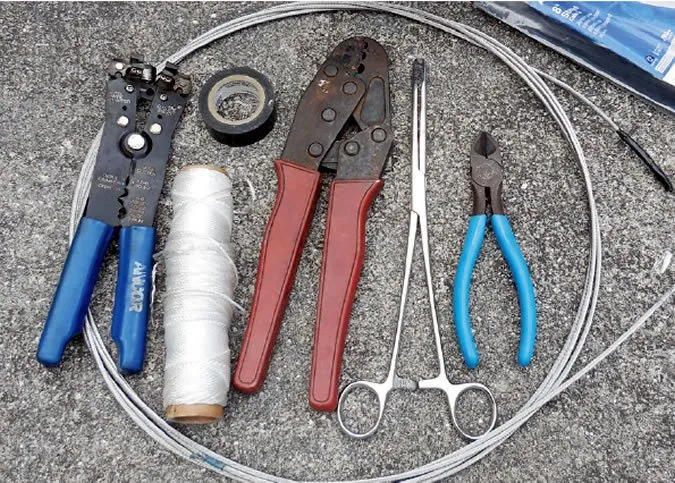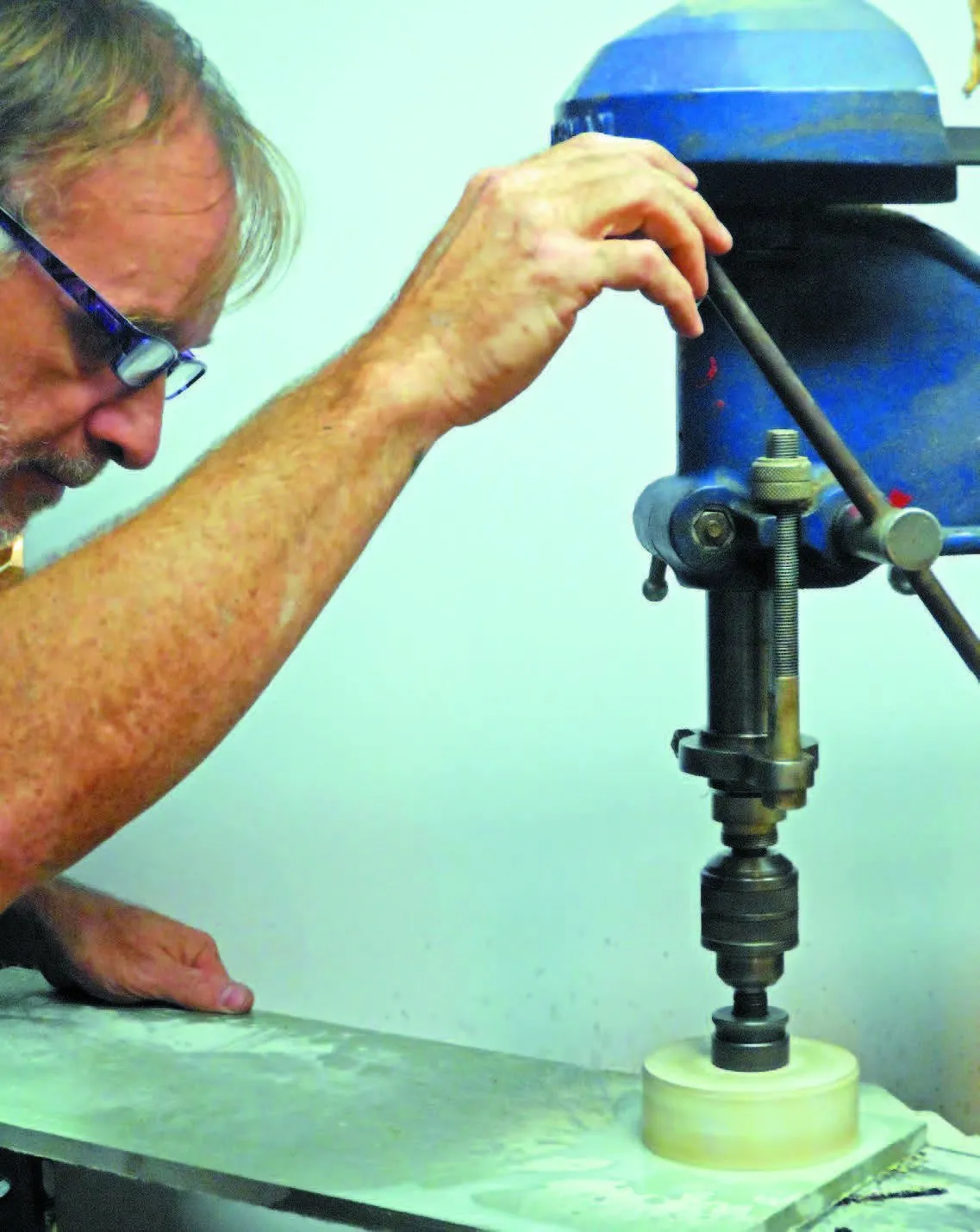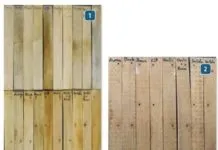Epoxy Fairing Compounds, Part One
Breathing life into an older fiberglass boat always entails more work than was expected, but for a person with the time, skill, and do-it-yourself...
Testers Check Epoxy Sandability, Adhesion, and More
Testers evaluated sandability, resistance to sag, cure time, and adhesion using sample fiberglass panels with 3-by-3-inch test swatches. The fairing compounds were applied and...
Careful Application Saves Your Sanding Arm
Epoxy fillers can be used to fix surface imperfections or for reshaping appendages like keels and rudders to make them more efficient. The smaller...
Fairing the Keel(s)
One of the more popular uses for fairing compounds is for shaping underwater appendages like keels and rudders so they are more efficient. Adjusting...
Sewn Splices Two-Year Followup
The true test of marine gear is not whether it works when installed, but rather how it functions after years in the field. To...
The No-sew Webbing Strap with Link Buckle
Weve sewn our fair share of eyes in nylon webbing, but heres an easy no-sew alternative for creating a webbing strap with a buckle...
Getting a Grip on Velcro
We think of all stick-and-rip, hook-and-loop fasteners as Velcro-just as we ask for Kleenex after a sneeze-and most tend to have uniformly low performance...
Dustless Sanding
Responsible boatyard work requires dust collection. Whether its toxic bottom paint or ordinary sanding dust, it still makes a mess and can ruin a...
Adhesives Test
Once upon a time in Tasmania, a skipper faced a daunting task: install a three-bladed, folding propeller without hauling out the boat. The underwater...
Spiffy Teak Tips for the Penny Pincher
Most teak cleaners don't just clean; they also remove weathered woods surface fibers and expose new wood. As much as 0.010 inches of surface...




















